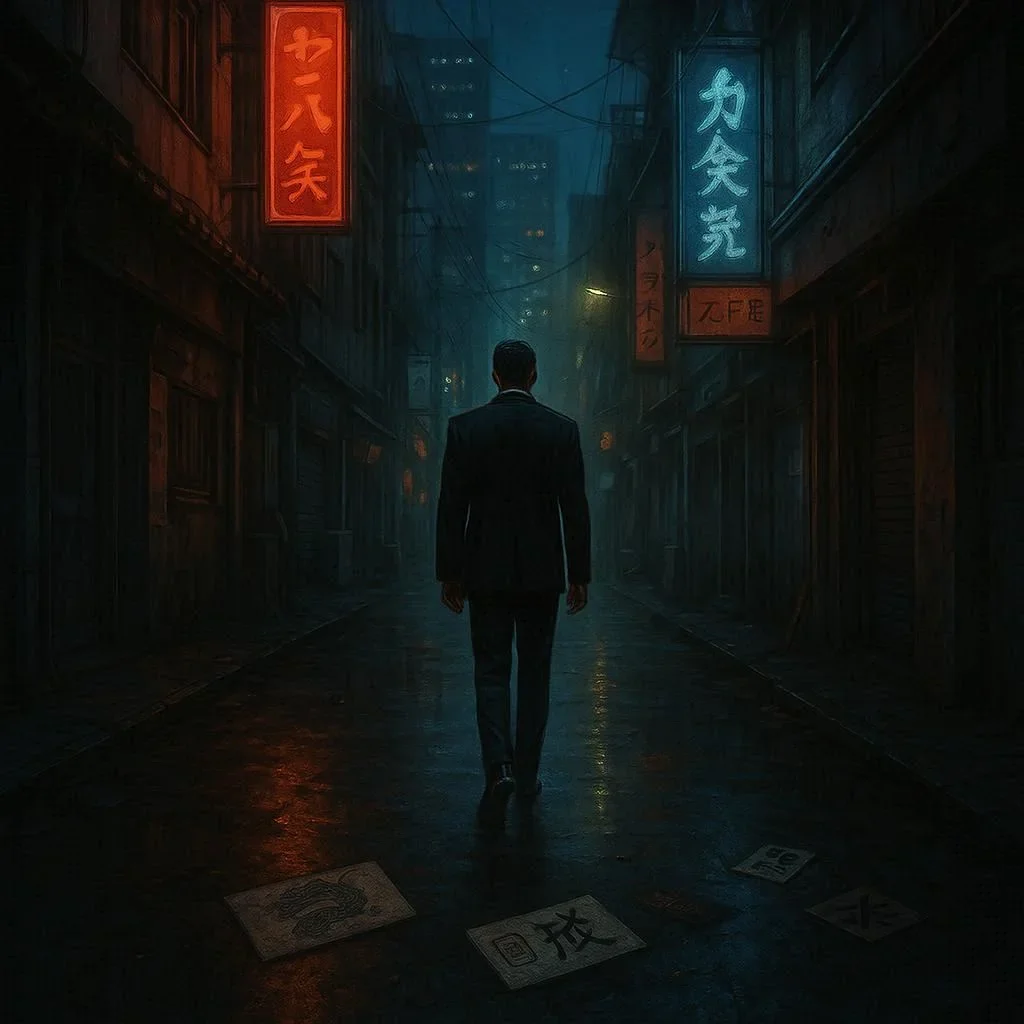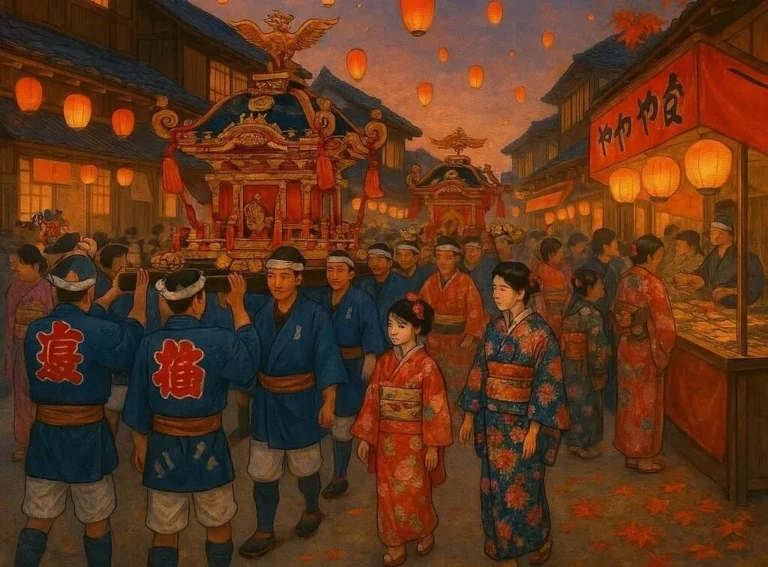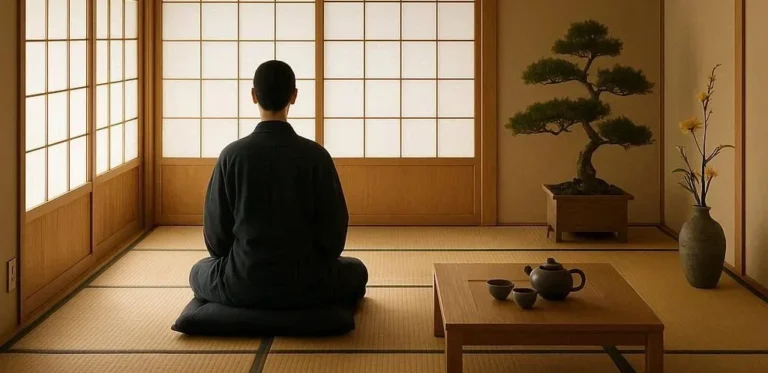503 views How Samurai Traditions Survived Through the Ages
The Enduring Legacy of Samurai Traditions
The samurai, once the epitome of Japan’s warrior class, left an indelible mark on the nation’s history, culture, and identity. While their role as warrior-nobles ended with the Meiji Restoration in 1868, their traditions, values, and influence continue to resonate deeply in modern times. This blog explores how samurai traditions survived through the ages, adapting to changing societal norms while remaining a cornerstone of Japanese heritage.
The Historical Roots of Samurai Traditions
The samurai class emerged in the 12th century, rising to prominence during the Kamakura period (1185–1333). Their code of conduct, known as bushido (the way of the warrior), emphasized loyalty, honor, bravery, and discipline. Samurai were not just warriors but also scholars, poets, and philosophers, embodying the ideal of a well-rounded individual.
The bushido code was deeply influenced by Confucianism, Shintoism, and Zen Buddhism, which provided a moral framework for their actions. Samurai traditions were passed down through generations, with sons often following in their fathers’ footsteps. This continuity ensured that their customs, rituals, and values remained intact even as Japan faced significant societal changes.
The Meiji Restoration and Its Impact on Samurai Traditions
The Meiji Restoration of 1868 marked the end of the samurai class as a warrior elite. The abolition of feudalism and the modernization of Japan’s military rendered the samurai obsolete. However, this did not mean the end of their traditions. Instead, samurai values were absorbed into the broader Japanese culture, influencing everything from education to corporate culture.
The concept of bushido was revitalized as a national ideology during the Meiji period. It became a symbol of Japanese identity and was used to foster a sense of national unity and pride. Samurai traditions, such as the art of the sword (kendo), the tea ceremony (chanoyu), and calligraphy (shodou), were preserved and popularized as integral parts of Japanese cultural heritage.
The Role of Martial Arts in Preserving Samurai Traditions
Martial arts played a pivotal role in preserving samurai traditions. Disciplines such as kendo (the way of the sword), judo, and aikido are direct descendants of samurai combat techniques. These martial arts emphasize not only physical prowess but also mental discipline, respect, and self-control—core tenets of the bushido code.
Modern practitioners of these martial arts often adhere to the same principles that guided the samurai. For example, kendo matches begin and end with a bow, symbolizing respect for one’s opponent and adherence to tradition. These practices ensure that the spirit of the samurai lives on, even in the absence of their historical role as warriors.
Cultural Preservation Through Literature and Art
Literature and art have been instrumental in keeping samurai traditions alive. Classic works such as The Tale of the Heike and The Book of Five Rings by Miyamoto Musashi provide insights into the samurai way of life and their philosophical underpinnings.
Samurai stories have also been immortalized in films, plays, and modern media. Directors like Akira Kurosawa have brought samurai tales to the global stage, ensuring that their legacy endures. The depiction of samurai in art, from woodblock prints (ukiyo-e) to modern anime, further cemented their place in popular culture.
The Modern Relevance of Samurai Traditions
In contemporary Japan, samurai traditions are not merely relics of the past but living, evolving practices. They continue to influence various aspects of Japanese society, from business ethics to education. The concept of honne and tatemae (outer self and inner self), rooted in samurai culture, remains relevant in understanding Japanese social dynamics.
Moreover, the samurai emphasis on loyalty, perseverance, and self-discipline resonates with people worldwide. International interest in samurai history and culture has led to a global appreciation of their traditions, with martial arts schools, cultural festivals, and historical reenactments celebrating their legacy.
Conclusion: The Timeless Appeal of Samurai Traditions
The survival of samurai traditions through the ages is a testament to their enduring value and universal appeal. From martial arts to literature and art, these traditions have transcended time, adapting to changing contexts while retaining their essence. As we continue to navigate the complexities of the modern world, the lessons of the samurai—emphasizing respect, discipline, and honor—remain as relevant as ever.
Whether you’re a history enthusiast, a martial arts practitioner, or simply someone intrigued by Japanese culture, the legacy of the samurai invites you to explore a rich and fascinating world of tradition and timeless wisdom.
Learn more about the history of the samurai on Wikipedia.
Explore the concept of bushido in more depth.
Discover how samurai traditions influence modern Japanese culture.






